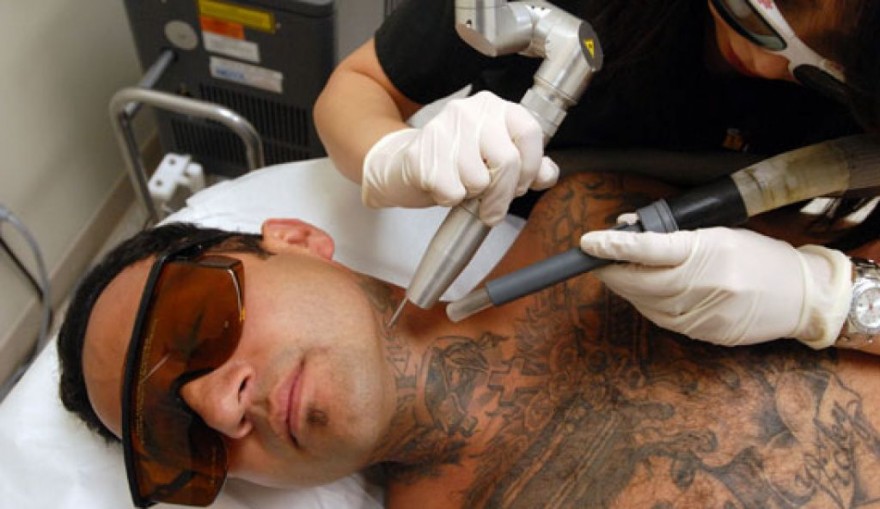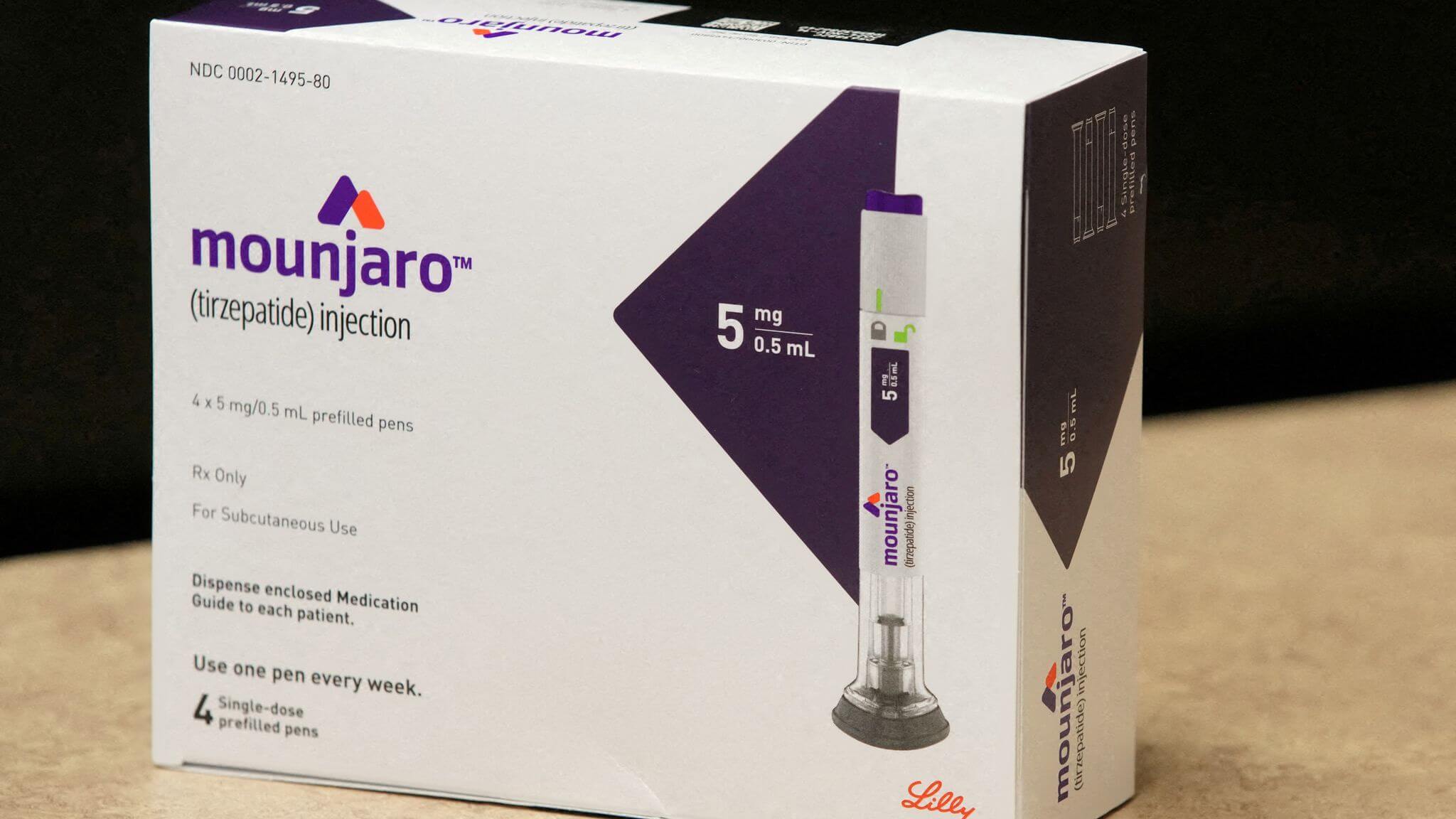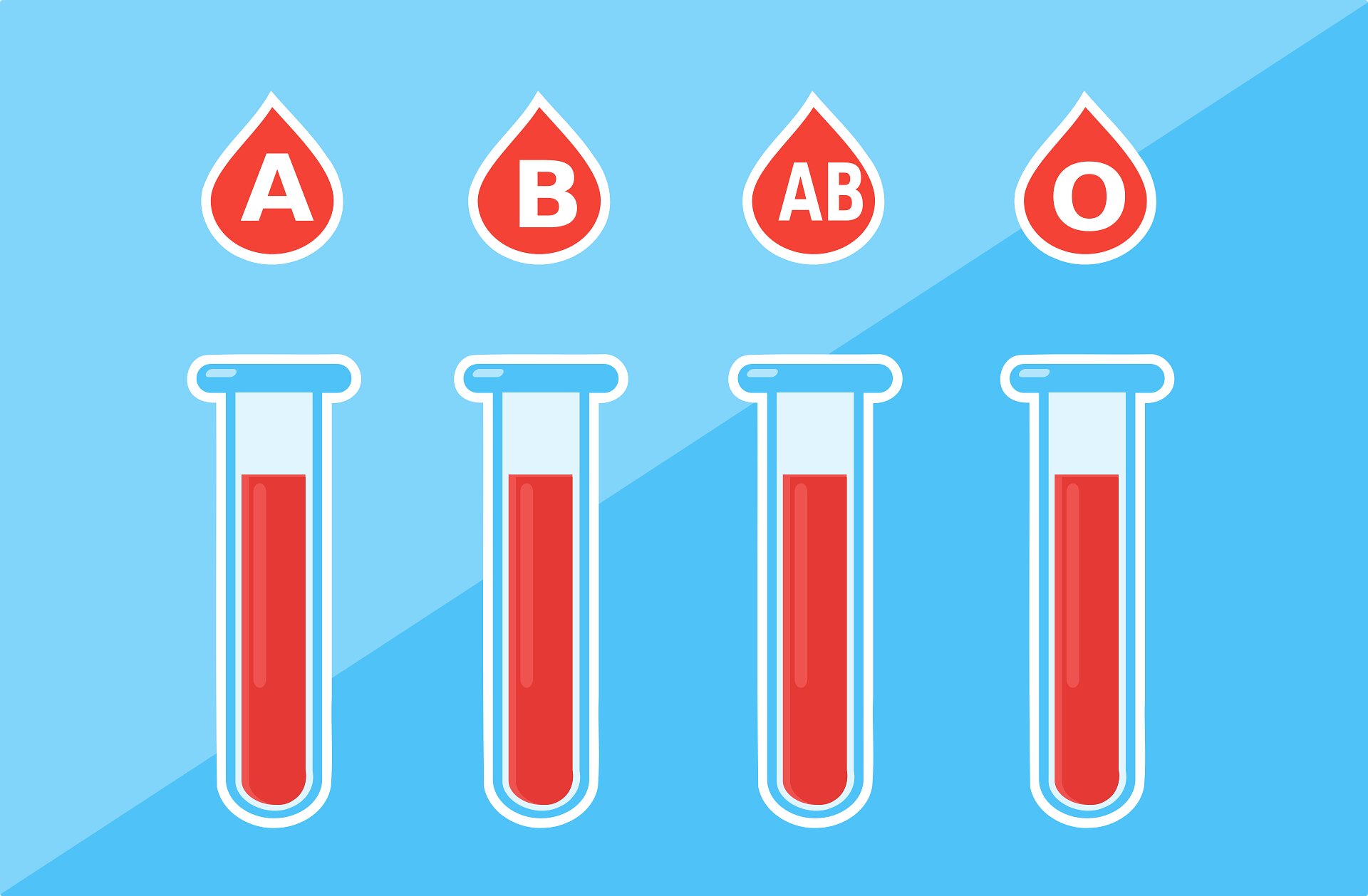Tattoo therapy may help treat multiple sclerosis:study

A temporary tattoo
containing antioxidant nanoparticles may help treat autoimmune diseases such as
multiple sclerosis in the future, according to a new study.
The study led by Christine Beeton from Baylor College of Medicine in the US shows that nanoparticles modified with polyethylene glycol (PEG) are conveniently choosy as they are taken up by cells in the immune system.
That could be a plus for patients with autoimmune diseases like multiple sclerosis, researchers said."Placed just under the skin, the carbon-based particles form a dark spot that fades over about one week as they are slowly released into the circulation," Beeton said.
T and B lymphocyte cells and macrophages are key components of the immune system. However, in many autoimmune diseases like multiple sclerosis, T cells are the key players.
One suspected cause is that T cells lose their ability to distinguish between invaders and healthy tissue and attack both.In tests, nanoparticles were internalised by T cells, which inhibited their function, but ignored by macrophages.
"The ability to selectively inhibit one type of cell over others in the same environment may help doctors gain more control over autoimmune diseases," Beeton said.
"The majority of
current treatments are general, broad-spectrum immunosuppressants," said
Redwan Huq, lead author of the study and a
graduate student in the Beeton lab.
"They're going to affect all of these cells, but patients are exposed to side effects from infections to increased chances of developing cancer. So we get excited when we see something new that could potentially enable selectivity," Huq said.
Since the macrophages and other splenic immune cells are unaffected, most of a patient's existing immune system remains intact, he said.The soluble nanoparticles synthesised at Rice University in the US have shown no signs of acute toxicity in prior rodent studies, he said.
They combine polyethylene glycol with hydrophilic carbon clusters (PEG-HCCs). The carbon clusters are 35 nanometres long, three nanometres wide and an atom thick, and bulk up to about 100 nanometres in globular form.They have proven to be efficient scavengers of reactive oxygen species called superoxide molecules, which are expressed by cells the immune system uses to kill invading microorganisms.
T cells use superoxide in a signalling step to become activated. PEG-HCCs remove this superoxide from the T cells, preventing their activation without killing the cells.
The Baylor lab's tests on animal models showed that small amounts of PEG-HCCs injected under the skin are slowly taken up by T lymphocytes, where they collect and inhibit the cell's function.They also found the nanoparticles did not remain in T cells and dispersed within days after uptake by the cells.
The research was published in the journal Scientific Reports.
AIMIM News
Latest Urdu News
Most Viewed
Where should be the burial of the pilgrims martyred in the Saudi Arabia bus accident?

























.jpg)
.jpg)
.jpg)


